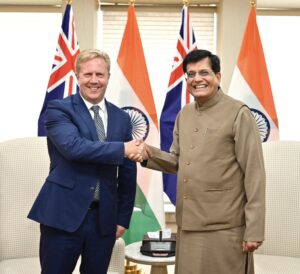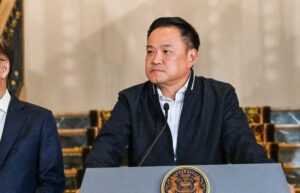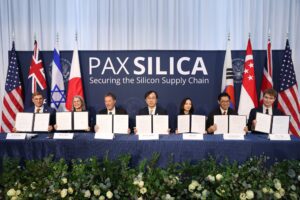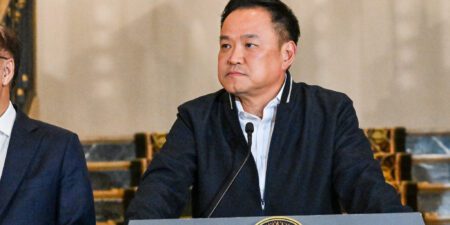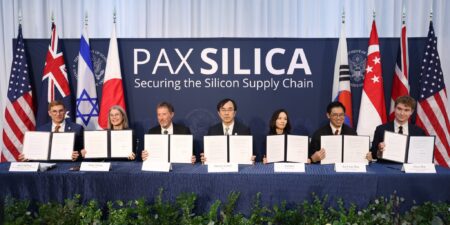
Indo-Pacific Recoils From New US Tariff Announcements
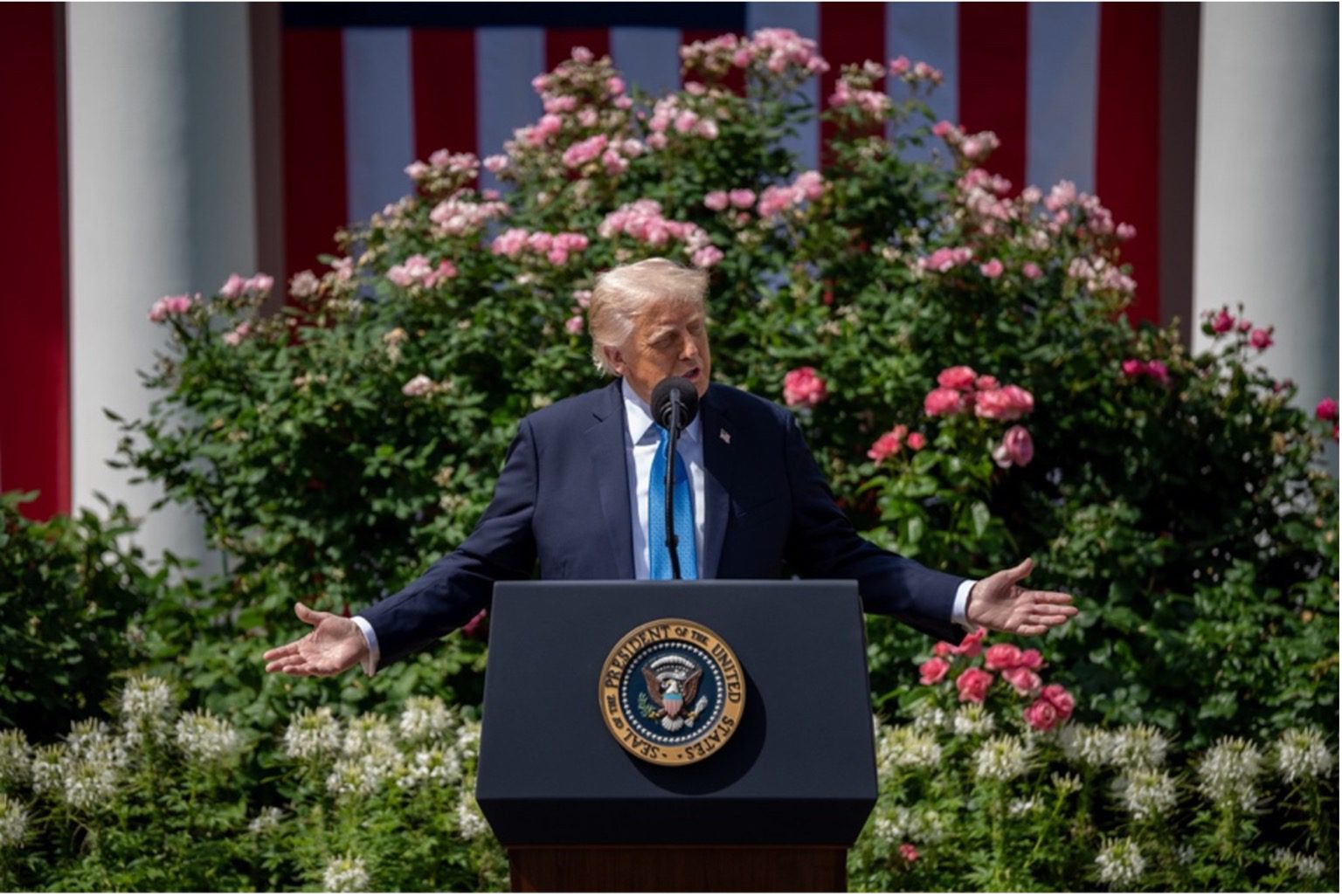
The BGA Global Trade and Economics Team, led by Managing Director Nydia Ngiow, wrote an update to clients on new U.S. tariff rates.
Context
- U.S. President Donald Trump on July 7 and July 9 informed 21 countries, including Korea, Japan, Malaysia, Thailand, Indonesia, Bangladesh, Cambodia, Laos, Myanmar, the Philippines, Brunei and Sri Lanka, that they will face tariffs of 20 percent or more unless they broker new trade deals with the United States before August 1. This comes a week after Trump announced the conclusion of a framework with Vietnam on his Truth Social social media platform. The new rates, communicated in letters to the countries’ leaders and posted on social media, will replace the initial ones Trump announced April 2. The White House is expected to send letters to additional countries in the coming weeks, some of which will be subject to the same tariff rates the president announced in April.
- Trump noted in the letters that the tariffs were separate from sectoral tariffs, but he did not provide any updates on the ongoing Section 232 investigations into the effect of imports on national security. Subsequently, he announced 50 percent tariff on copper to be applied in late July or early August. The president also gave pharmaceutical companies 18 months to move production back to the United States or risk up to 200 percent tariffs on pharmaceutical products.
- The letters also warned that the rates would increase further if the countries retaliated with import taxes of their own or sought to transship their products through other countries.
Significance
- The extension of the deadline from July 9 to August 1, which senior officials have been hinting at for weeks, exposes the limits to Trump’s approach, with negotiations clearly becoming more difficult to execute as the pace slows. Asian government officials have expressed frustration at the weak coordination among the U.S. government agencies, lack of a clear request for market access and constant changes in the U.S. government positions.
- In the meantime, Trump faces a mid-August deadline, after which tariffs on Chinese goods could return to 145 percent. Both sides struck a deal on rare earths in July that led to a trade truce ending retaliatory tariffs. Now, Trump is looking to engage with China on the sale of social media platform TikTok after extending the deadline for Chinese-owned ByteDance to divest its U.S. assets 90 days to September 17.
Implications
- The tariffs will remain in place until negotiations are concluded or ended by Washington, which could be weeks or — more likely — months away. Companies should be prepared for a continued state of uncertainty in the coming months.
- Companies are undoubtedly looking for as much detail as possible to make decisions critical to business operations; however, they should note that governments are unlikely to have more information than what is currently being reported. Asian countries are approaching these negotiations in a more traditional manner and are looking at market access, significant purchases and increased investments in the United States. On the other hand, Trump’s transactional approach not only deviates from the norm but is a form of coercive bargaining; the rates he imposes are contingent on how satisfactory he deems the concessions to be. In addition, he is more likely to be constrained from imposing very high tariffs by the market than by concerns about harming bilateral relations with Asian trading partners.
We will continue to keep you updated on developments in the Indo-Pacific as they occur. If you have any comments or questions, please contact to BGA Head of Research Murray Hiebert, Senior Adviser Larry Greenwood or Managing Director for Global Trade and Economics Nydia Ngiow.
Best regards,
BGA Global Trade and Economics Team

Nydia Ngiow
Managing Director, Global Trade and Economics
Nydia brings over a decade of experience working at the forefront of international affairs and international trade issues in the Asia-Pacific, with the majority of her career prior to BGA spent working for the Singapore government. Nydia most recently managed the China Program at the American National Standards Institute (ANSI) in Washington, D.C., where she brought together technical, business and policy leaders to find solutions to issues affecting U.S.-China trading relations to strengthen U.S. market access in China. She provided member organizations with coverage of policy and reform issues, and furthered ANSI’s relationships with counterpart organizations in China. Positioned in ... Read More
×

















